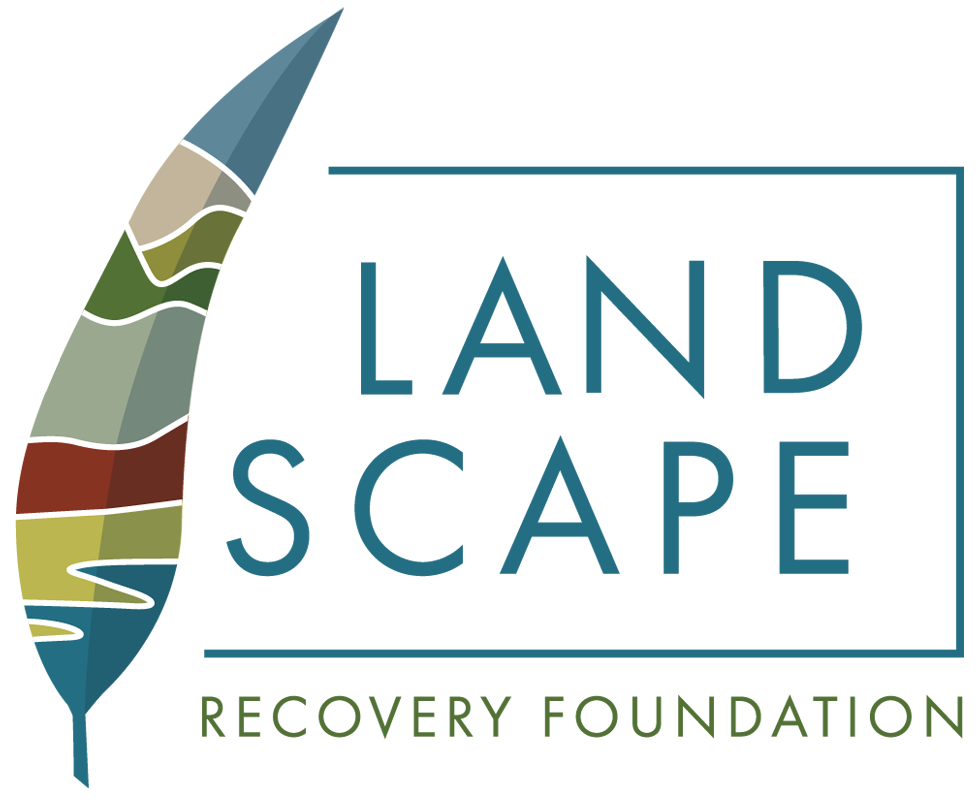Principles of Ethical Photography
One of the key threats that we are raising awareness about is the impact of over visitation to sensitive orchid sites on threatened orchid populations. Some threatened orchid sites are becoming loved to death by those concerned about their fate and visiting to take photographs. As part of this work, we are providing alternative photographic opportunities of some of the State’s most threatened orchid species. Keep an eye out for these events on the LFR and Royal Tasmanian Botanical Gardens Facebook pages and remember to follow the principles of ethical photography when you are out taking orchid photos:
Understand the potential cumulative effects of your disturbance – think twice about visiting threatened and sensitive orchid sites and ask yourself - do you really need that photo?
Watch your step and respect property boundaries
Pick your equipment to minimise your impact
Don’t ‘garden’ the area of your desired photo
Don’t post the location of threatened and sensitive orchid sites on social media
Make sure your equipment and footwear are clean and dry to avoid spreading weeds and diseases
Caladenia anthracina - Graham Green
Prasophyllum incorrectum - Keith Martin
Prasophyllum olidum - Eddie Gall
Prasophyllum tunbridgense - Eddie Gall









